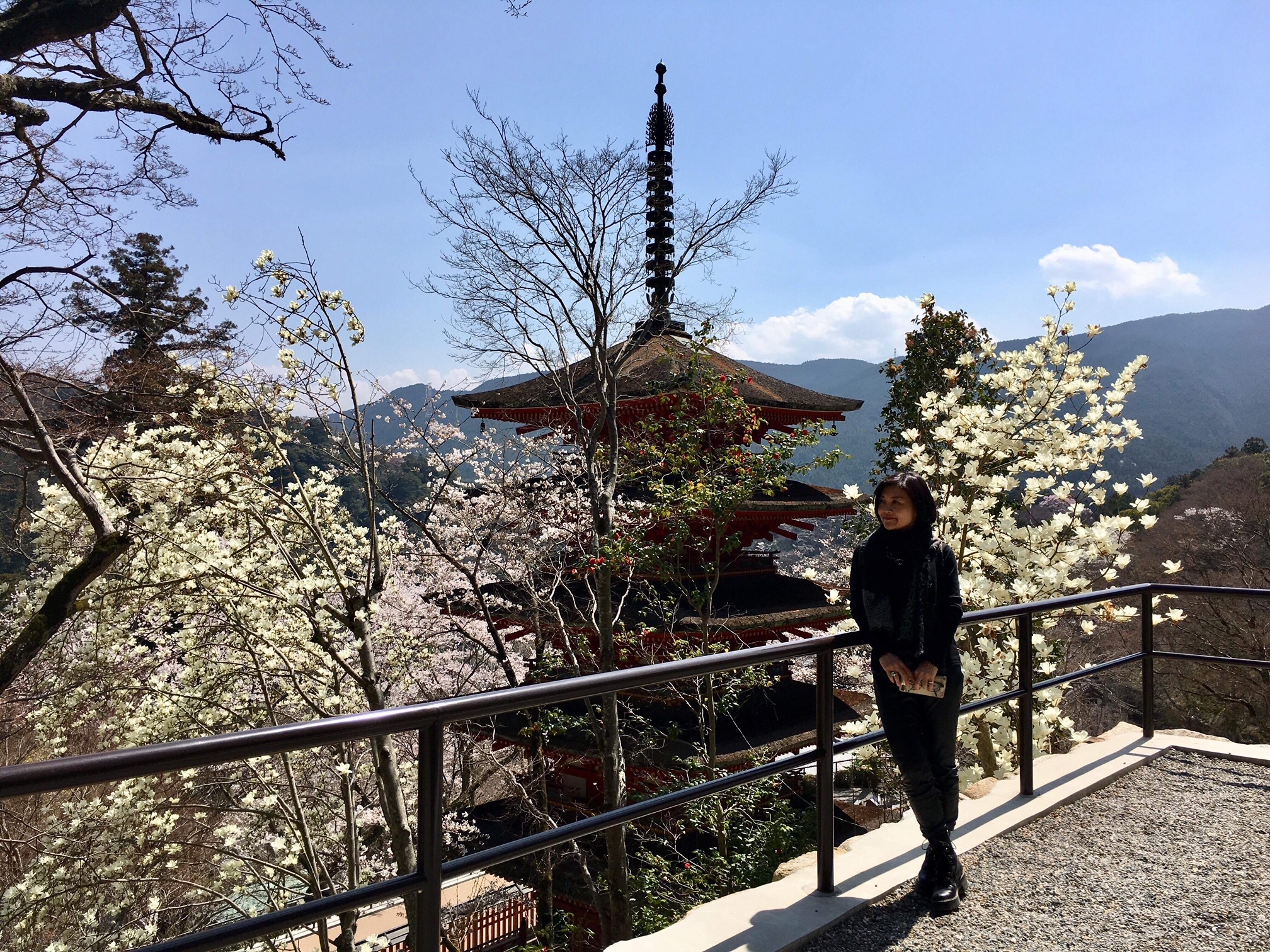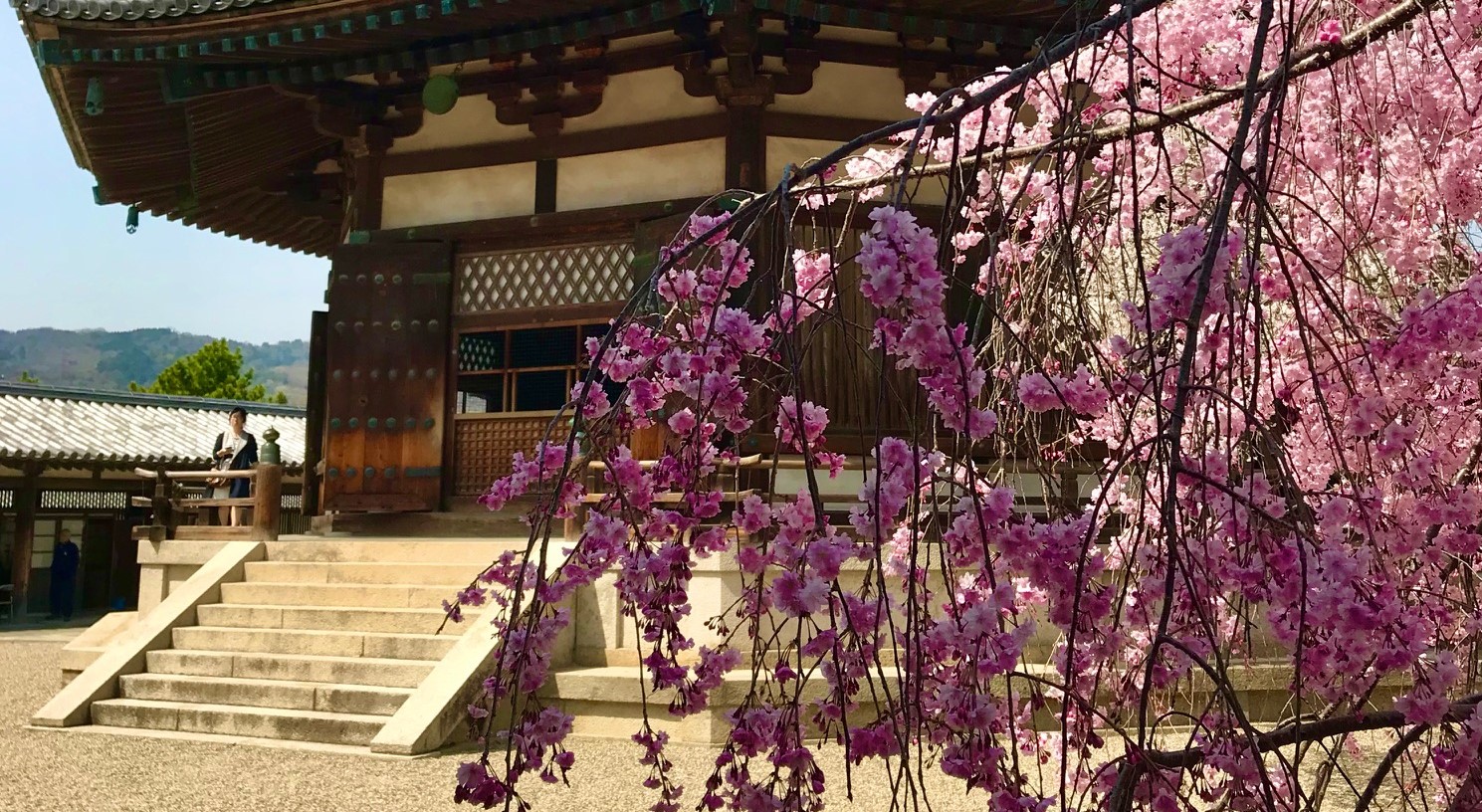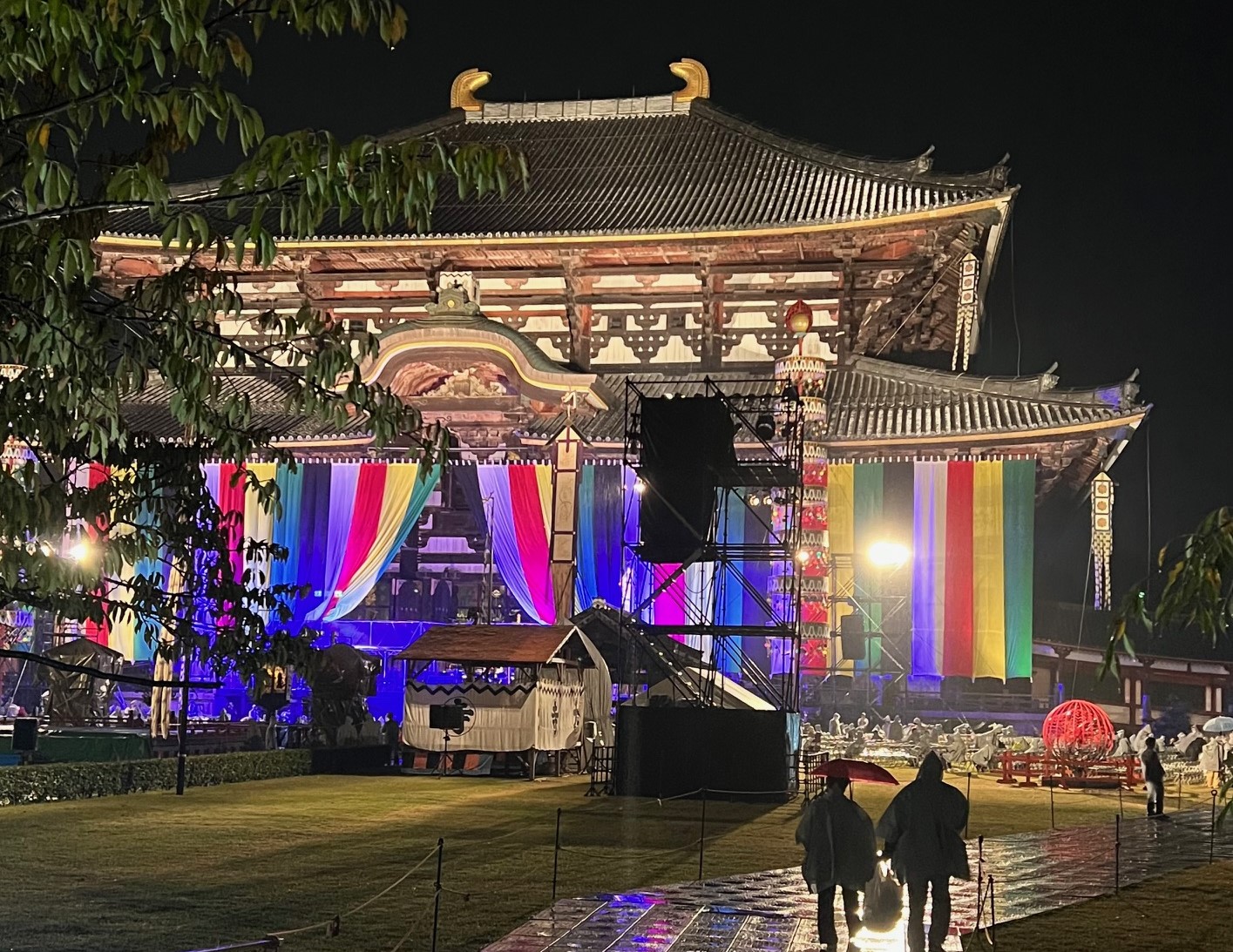“Chrononaut” means something like “time traveler.” I named my site Chrononaut Nara with the desire to connect with everyone who lives in the present and enjoys traveling through the Nara period.
In July 2024, a year marking the 1300th anniversary of Emperor Shomu’s enthronement, my long-cherished dream came true as I moved to Nara for good. Throughout my life, I often felt as though I could only make one choice at a time, but now I believe that I can simultaneously pursue all that I wish to be. And all could equally be important. In the same vein, moving to Nara represents a significant commitment in my life.

My grandfather had a daily routine of changing into a kimono after returning from work, and sitting down to appreciate ukiyo-e prints, art books, and photo collections. As an elementary school student, I would sit beside him, sharing in his viewing. Sometimes, he would explain various aspects of the ukiyo-e prints, making those moments very enjoyable for me. One day, as my grandfather flipped through a large photo book by Taikichi Irie featuring Yamatoji (Ancient paths in Nara), a particularly striking photo appeared, showing wisteria flowers intertwined with bronze lanterns hanging under the vermillion eaves of Kasuga Taisha Shrine. I gasped and expressed my desire to visit such a beautiful place. That moment was when Nara first imprinted itself on my consciousness. Later, as a middle school student, I traveled leisurely from Asuka to Nara with my grandfather, deepening my love for Nara. I devoured books on ancient history and frequently traveled from Tokyo, bypassing Kyoto, to visit Nara—a somewhat unconventional traveler.
My passion for Nara grew so strong that I decided to make it my base. During the COVID-19 pandemic, I pondered where I would like to spend the rest of my life, and the desire to live in Nara became overwhelming. It was a significant decision for someone who had spent most of their life overseas and in Tokyo, but I am looking forward to cherishing and enjoying my time in Nara. Thinking about how my grandfather, resting in his grave in Asakusa (Tokyo), would be surprised by this turn of events makes me chuckle. Who would have thought that a page in a photo book he turned would lead his grandchild to relocate to Nara? Furthermore, if the Linear Chuo Shinkansen is completed, Hashimoto (Kanagawa), where my grandfather’s house was, and Nara will be directly connected. It’s an extraordinary feeling, especially considering how difficult it used to be to travel from Hashimoto to Nara.
When people say they love Nara, it can mean many things: they love the land and nature of Nara, the temples and Buddha statues, the annual Shosoin exhibition, the stories of emperors and poets from the Nara period, or they enjoy reading the Kojiki, Nihon Shoki, and Fudoki. Each of these interests is inexhaustible, filled with endless knowledge to discover over a lifetime.

I am particularly fascinated by the Nara period (and the preceding eras) and its significance for Japan as a whole. I am intrigued by the Yamato court’s efforts to unify Japan through warfare, legal codes, myths, and religion, and the dramatic stories seen from the perspectives of local leaders and communities absorbed into the Yamato narrative. I want to learn, share, and convey the passion, ambition, hope, struggles, and setbacks of the people who worked tirelessly to build a better Japan by learning from foreign cultures.
This site, created by an ordinary individual (me), focuses on temples, shrines, ancient tombs, and archaeological sites established during the Nara period (and before). It also weaves in the world of myths and ancient documents – Kojiki, Nihon-shoki, and Fudoki. I only feature places I have personally visited, so the content will gradually expand over time.

